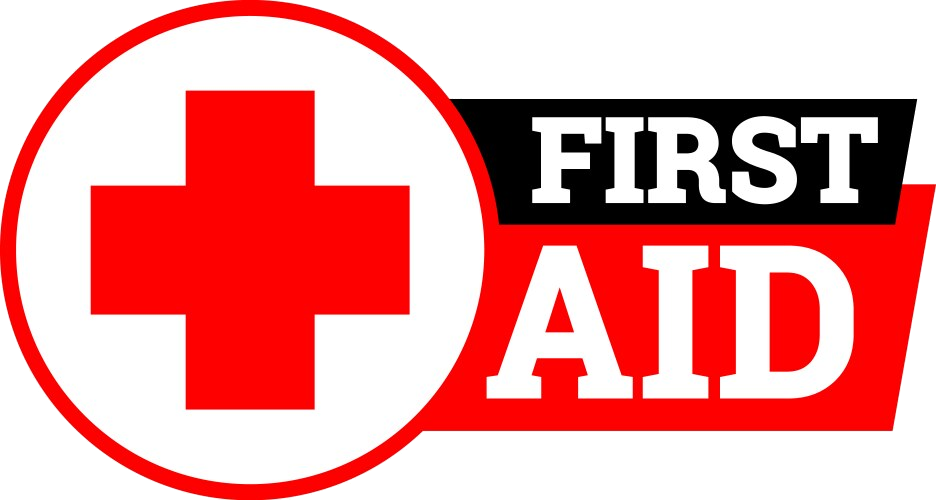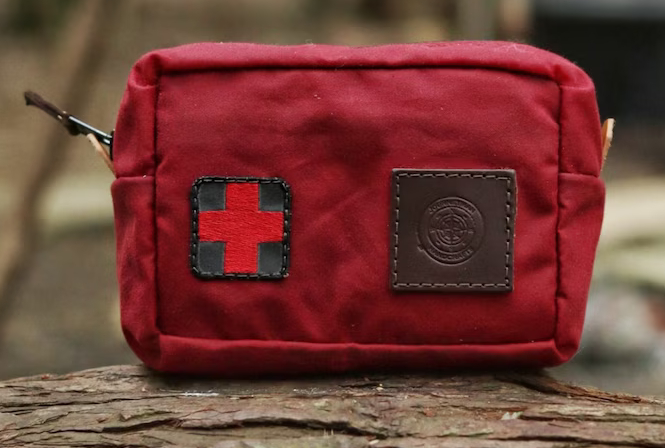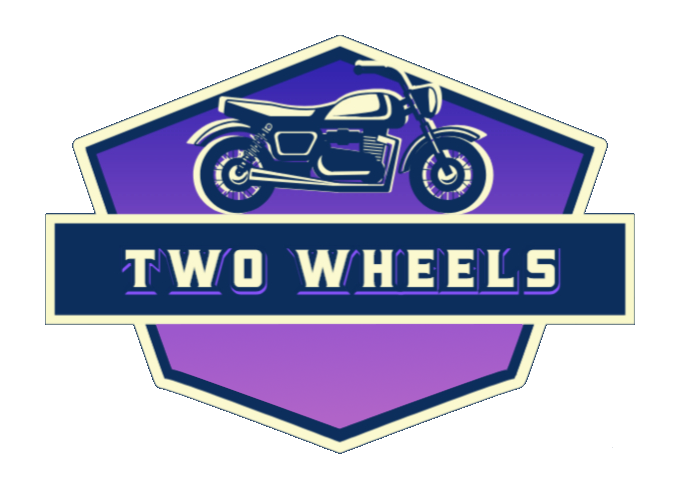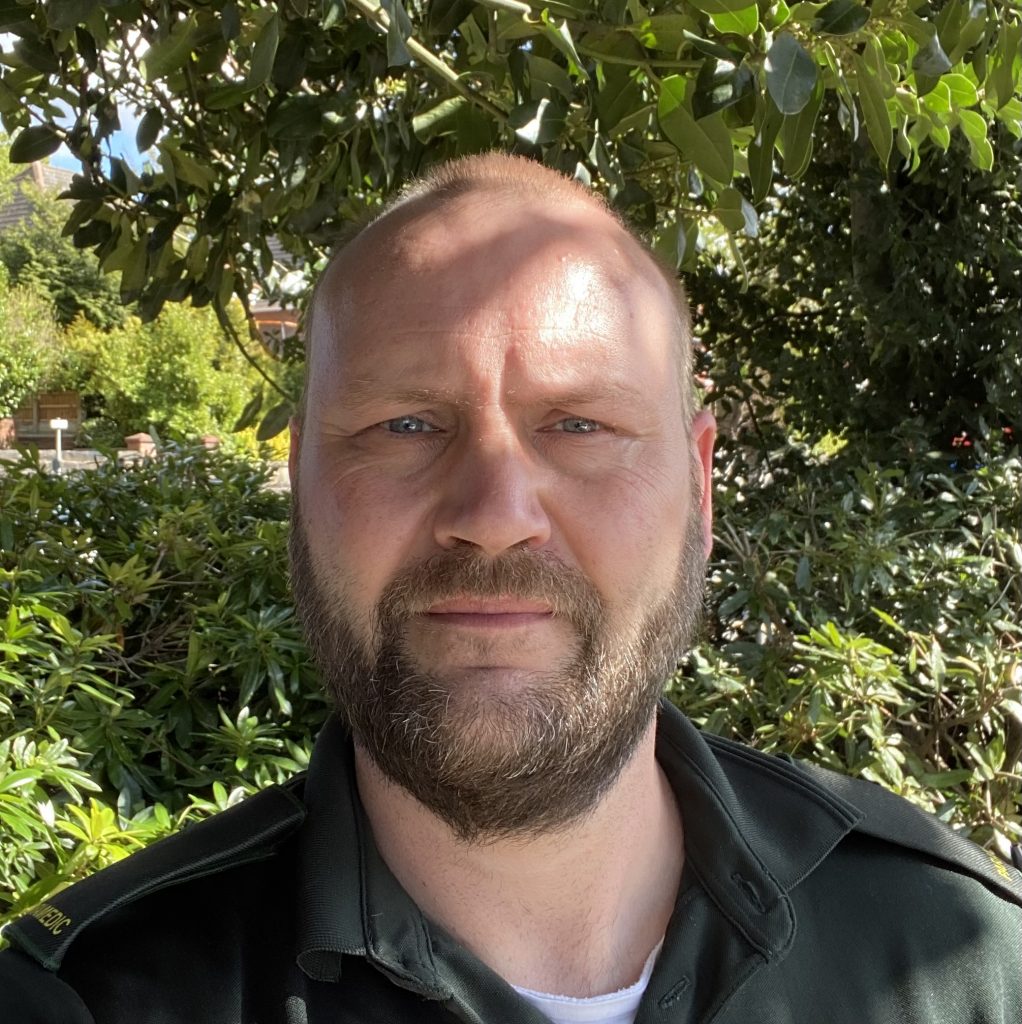
Hopefully, when riding, no one needs medical help. However, if you are planning on touring or a round-the-world trip, it beneficial to know some basics. Even small trip out can end with a catastrophe with life-changing consequences..
You do not need to be a doctor, nurse, or paramedic to save a life; basic life support and first aid can be administered by anyone. Additionally, you do not need to carry an equipped ambulance with you. With some clever packing and using what is around you, you can splint most limbs and protect the injured from further harm.
My advice is to read a comprehensive first aid book like the St. John 11th edition or take a First Aid Work (FAW) course, this should teach you the basics you need.
The principals of first aid are:
- Preserve life: Protect yourself first and assess the area for dangers.
- Prevent deterioration: Prevent life from danger until emergency medical services arrive.
- Promote recovery: Call and arrange medical help.
These principles are also known as the PPP acronym. First aid is about being prepared, staying calm, and having the confidence to take action when it matters most. The key to successful first aid is continuous preparedness, knowledge, and a willingness to help.
Once you understand the basics of first aid, the rest falls into place (we’re not doing open heart surgery at the side of a trail).
Fractured limbs.
When dealing with injuries to arms or legs, it is crucial to keep them stable. can improvise a splint using a bandage and levers, and a sling can be from a t-shirt with bit of intuition. The goal is to stabilize the injury until help arrives or you can transport the injured to a hospital For injuries, it is important ensure there is vascular compromise, meaning that blood flow is maintained. You can check this by a ensuring the injured limb is a similar temperature to the opposing one. If there is vascular compromise, you need to straighten the limb in hopes of restoring venous pressure, then splint the limb.
Wounds.
All wounds should be cleaned as soon as possible, ideally with sterile saline solution., cooled boiled will suffice in an emergency. Closing a wound to prevent infection always wise, but there is no point in closing a unless it is clean, as you risk infection inside wound. When examining a wound, check for any foreign bodies; small ones can usually be removed with washing out. However penetrating injuries where the object is through the skin should be left until trained help arrives.
First aid kits.

First aid kits come in various shapes sizes, with the primary consideration for touring being the size. A kit should include a burns kit, scissors, bandages and plasters, a thermal blanket and a face shield. It is advisable to carry basics such as paracetamol and ibuprofen. Additionally, if you wish to carry more, wound strips can be included.
Recommendations for a basic kit.

Medications.
Always check for allergies before giving any medications.
Lastly, a bag to put it all in

Article written by Nige.
Last update: December 2024
Nige is an Emergency Care Paramedic. After 14 years working on Ambulances within the NHS Ambulance Service, he now works within a busy NHS A&E department.
Nige is also a biker and enjoys going on long tours, his life goal is a RTW tour.
We may receive a commission if you purchase a product using the affiliate links on any page of this website. This is at no cost to the purchaser, however does support our website and helps us to continue to build with more great content.
